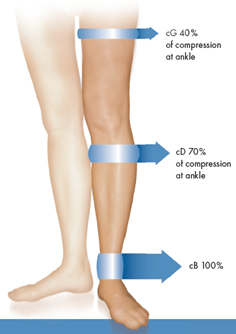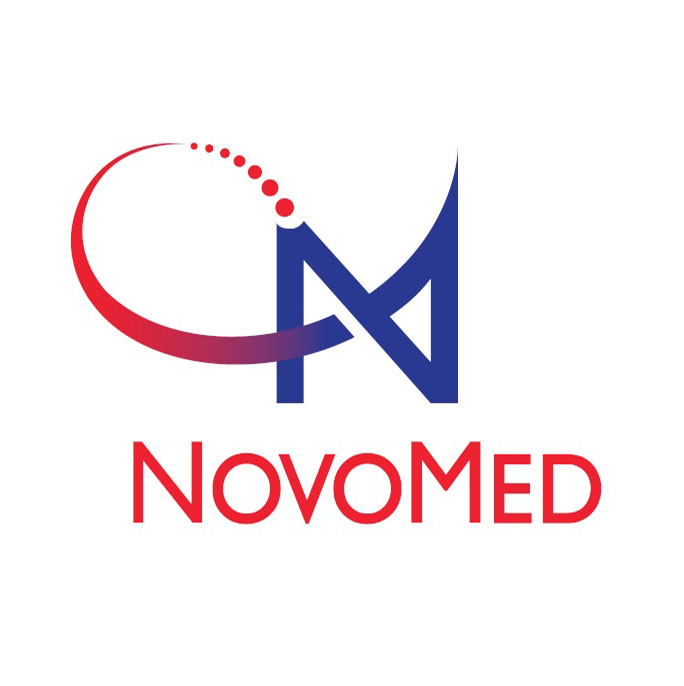Compression Therapy
Compression therapy can help restore normalcy in the life of an individual suffering from venous disease. Here, you’ll get to know all about how compression therapy works and how it helps manage venous disorders effectively.
Graduated compression therapy is a principle that assists in the normal flow of blood towards the heart by application of an external garment on the affected limb.
The garment is made such that it compresses the limb in a degressive manner, which means that the compression degree reduces by gradual amounts. In compression socks, the pressure is the strongest around the ankles and gradually decreases towards the upper part of the leg.
The pressure is administered on the limb by the elastic recoil/force of the material that the garment is made of. The amount of pressure decrease is determined by the class of compression.

Though different venous diseases have different causes and symptoms, the one common factor is the inefficient flow of blood in the veins.
Compression garments compress the veins with pressure that decreases gradually, which:
- Provides venous support
- Aids venous return (the flow of blood back to the heart, against the pull of gravity)
- Reduces the risk of venous stasis (formation of blood clots in the veins)
- Prevents deterioration of the venous walls
Thus, with the therapeutic advantages of compression therapy, the implication of venous disorders can be minimized.
- The therapy relieves all conditions of venous disease, such as:
- Phlebitis (inflammation of the vein)
- Oedema (excess fluid collected in tissues)
- Swollen and heavy legs
- Blood clots
- Leg pain
- Leg ulcers
- Varicose veins
- Doctors also prescribe this as after care following a surgery (such as sclerotherapy)
- Pregnant women use medical compression stockings to ease the pressure on the veins caused due to the expanding uterus
- People who travel frequently by air can fight the economy class syndrome by wearing compression socks
Compression therapy is used not only to treat and manage venous disorders but also prevent them, especially if someone is at a higher risk of developing them. Medical compression stockings of lower pressure (class 1), can be purchased without a doctor’s prescription and can be used for daily wear.
Read more about compression levels and when it is prescribed.
There are many types and forms of compressions garments:
- Knee-high stockings
- Thigh-high stockings
- Arm sleeves
- Pantyhose
- Maternity stockings
- Sportswear garments (socks, armsleeves, shirts) - these garments increase muscle oxygenation and prevent the pooling of blood to enhance performance, durability, and flexibility
In medical language, the term contraindication is used to describe situations in which a specific treatment MUST NOT be prescribed, as it could negatively affect or harm the patient being treated.
In the case of compression therapy, the contraindications are:
- Severe peripheral arterial diseases
- Skin infections like pyoderma
- Any allergy to bandages or hosiery
- Carcinogenic (cancer causing) edema caused due to heart failure
- An acute inflammatory episode
- Chronic peripheral neuropathy (weakness or pain from nerve damage)
- Unmanageable hypertension
- Active tuberculosis




